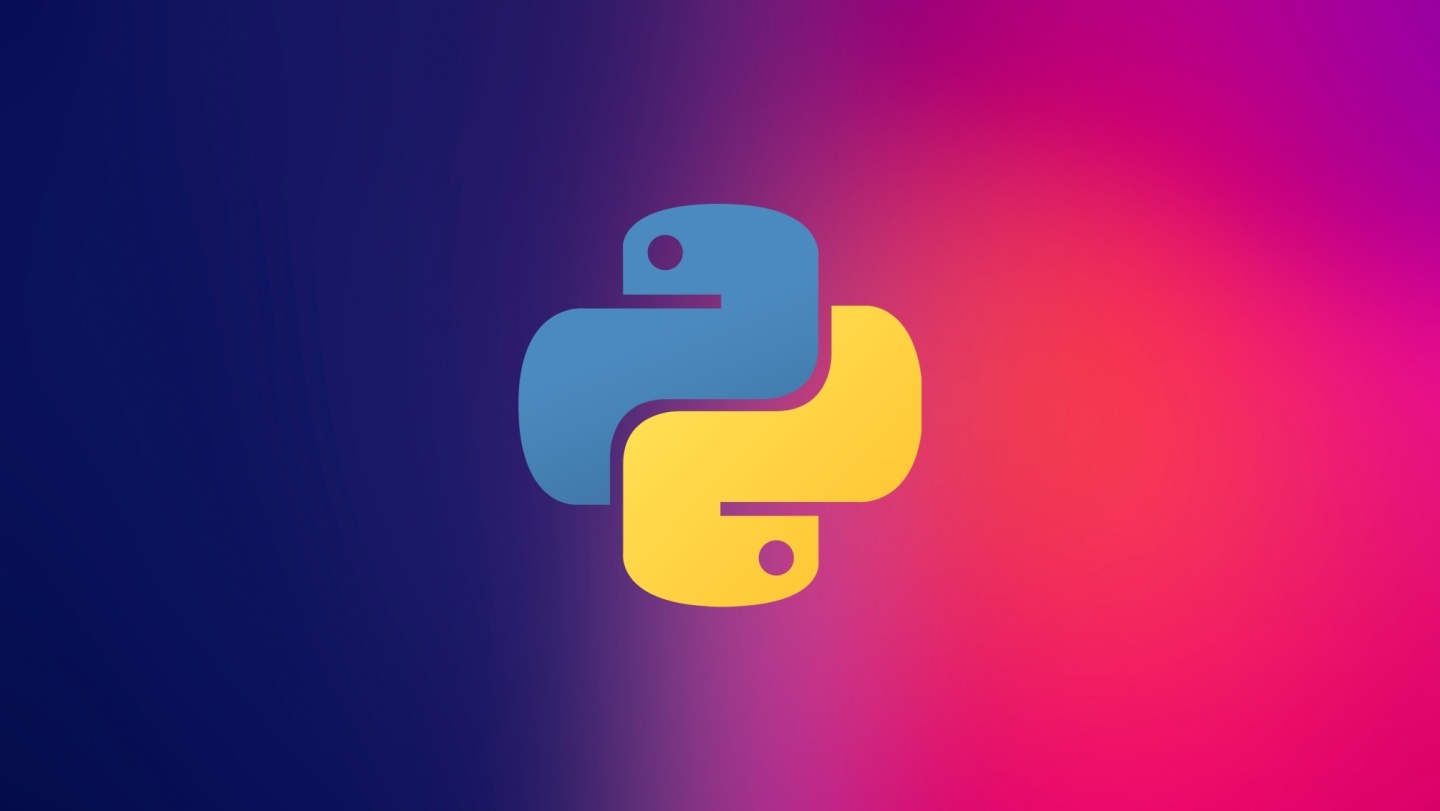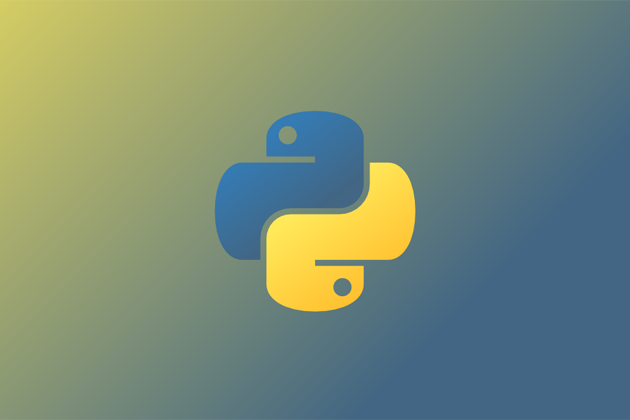本文介绍了 Python 中的类和对象,类是对象的构造函数
介绍自己 🙈
生成本文简介 👋
推荐相关文章 📖
前往主页 🏠
前往爱发电购买
这篇文章距离上次更新已经过去了 744 天,其中的某些内容可能不再适用了,请谨慎阅读。
类与对象
Python 是一种面向对象的编程语言。
Python 中的几乎所有东西都是对象,拥有属性和方法。
类(Class)类似对象构造函数,或者是用于创建对象的“蓝图”。
在现实生活中,类是所有同种物体的统称,如:人类、鸟类等。
而对象则是一个类中的具体的一个个体,如:人类小明是人类的具体个体。
类的定义
在Python中,定义一个类的格式如下:
1
2
3
4
5
6
| class ClassName:
<statement-1>
.
.
.
<statement-N>
|
通常类中还包含一个初始化函数,帮助我们初始化对象的属性:
1
2
3
4
5
6
| class ClassName:
def __init__(self, ···):
···
···
···
···
|
让我们定义一个学生类,并实例化出一个对象:
1
2
3
4
5
6
7
| class Student:
def __init__(self, name, age, ID):
self.name = name
self.age = age
self.ID = ID
stu1 = Student('小嗷犬', 18, '666')
|
这样我们就可以通过类打印出stu1的各个属性:
1
2
3
4
5
6
7
| class Student:
def __init__(self, name, age, ID):
self.name = name
self.age = age
self.ID = ID
stu1 = Student('小嗷犬', 18, '666')
print(stu1.name, stu1.age, stu1.ID)
|
类的方法
这种打印方法也可以写在类里:
1
2
3
4
5
6
7
8
9
| class Student:
def __init__(self, name, age, ID):
self.name = name
self.age = age
self.ID = ID
def introduce(self):
print(f'我叫{self.name},今年{self.age}岁,学号是{self.ID}')
stu1 = Student('小嗷犬', 18, '666')
stu1.introduce()
|
继承
单继承
Python 支持类的继承,派生类的定义如下所示:
1
2
3
4
5
6
| class DerivedClassName(BaseClassName):
<statement-1>
.
.
.
<statement-N>
|
子类(派生类 DerivedClassName)会继承父类(基类 BaseClassName)的属性和方法。
下面我们用学生类来派生一个大学生类:
1
2
3
4
5
6
7
8
9
10
11
12
13
14
15
| class Student:
def __init__(self, name, age, ID):
self.name = name
self.age = age
self.ID = ID
def introduce(self):
print(f'我叫{self.name},今年{self.age}岁,学号是{self.ID}')
class BigStudent(Student):
def eat(self):
print('我是大学生,我会吃大米饭。')
stu1 = BigStudent('小嗷犬', 18, '666')
stu1.introduce()
stu1.eat()
|
多继承
除此之外,Python还支持多继承,多继承的类定义形如下:
1
2
3
4
5
6
| class DerivedClassName(Base1, Base2, Base3):
<statement-1>
.
.
.
<statement-N>
|
需要注意圆括号中父类的顺序,若是父类中有相同的方法名,而在子类使用时未指定,Python从左至右搜索,即方法在子类中未找到时,从左到右查找父类中是否包含方法。
方法重写
在派生类继承了父类方法后,可以对原有方法进行重写:
1
2
3
4
5
6
7
8
9
10
11
12
13
14
15
16
17
18
19
| class Student:
def __init__(self, name, age, ID):
self.name = name
self.age = age
self.ID = ID
def introduce(self):
print(f'我叫{self.name},今年{self.age}岁,学号是{self.ID}')
class BigStudent(Student):
def introduce(self):
super().introduce()
print('我已经是个大学生了。')
def eat(self):
print('我是大学生,我会吃大米饭。')
stu1 = BigStudent('小嗷犬', 18, '666')
stu1.introduce()
stu1.eat()
|
上例的大学生类重写了学生类的introduce函数,其中用super()来调用父类函数。
私有属性与方法
Python中可以将属性或方法设为私有,使其只能在类的内部访问,语法格式为在属性或方法名前加两个下划线:
1
2
| __private_attrs
__private_method
|
代码实例:
1
2
3
4
5
6
7
8
9
10
11
12
13
14
15
16
17
18
19
20
| class Student:
__name = None
__age = None
__ID = None
def __init__(self, name, age, ID):
self.__name = name
self.__age = age
self.__ID = ID
def getName(self):
return self.__name
def getAge(self):
return self.__age
def getID(self):
return self.__ID
stu1 = Student('小嗷犬', 18, '666')
print(stu1.getName(), stu1.getAge(), stu1.getID())
|
直接访问私有属性将会报错:
1
2
3
4
5
6
7
8
9
10
11
12
13
14
15
16
17
18
19
20
| class Student:
__name = None
__age = None
__ID = None
def __init__(self, name, age, ID):
self.__name = name
self.__age = age
self.__ID = ID
def getName(self):
return self.__name
def getAge(self):
return self.__age
def getID(self):
return self.__ID
stu1 = Student('小嗷犬', 18, '666')
print(stu1.__name)
|



























